
News

News

News

News
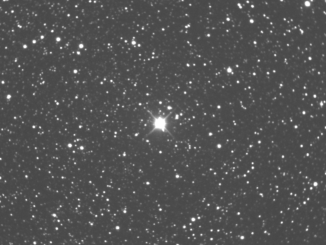
News
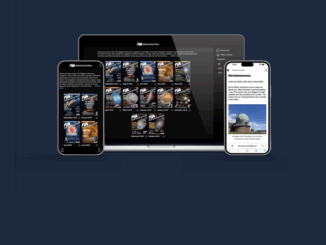
News
Astronomy Now relaunches digital platform
We are pleased to announce that our new Astronomy Now app is live! Since taking ownership of the magazine in July, creating an enhanced digital experience has been a high priority for our new Astronomy Now team.
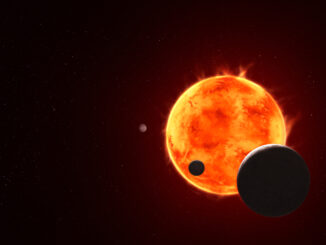
News

News
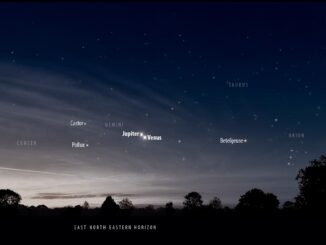
News

News
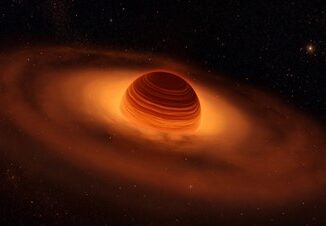
News
